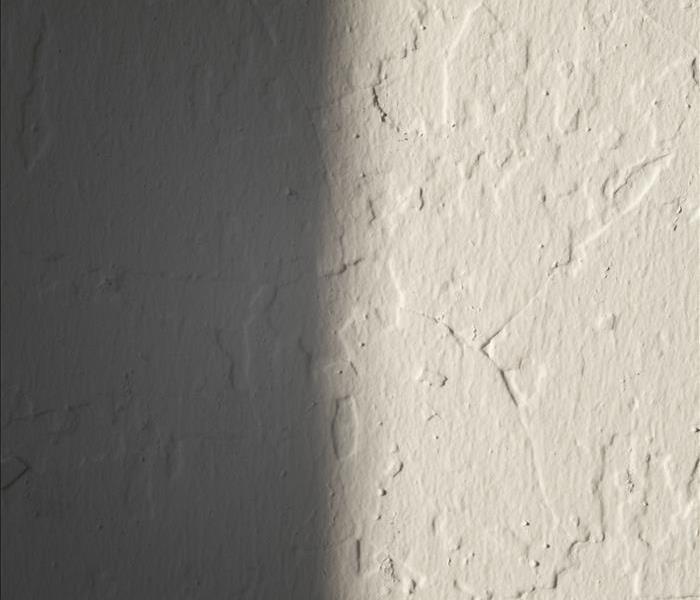Do Wall Systems Become Irreparably Damaged After Flooding in Seattle?
5/6/2022 (Permalink)
 No matter how your property is affected by water damage, SERVPRO® is ready and available to help 24/7.
No matter how your property is affected by water damage, SERVPRO® is ready and available to help 24/7.
The Exterior Wall System Separating the Inside of Your Home From the Elements can Often be the First Damaged Materials When Flooding Occurs
Flooding can be one of the most calamitous natural forces against Seattle homes and businesses, especially when they come amid already damaging severe weather. Rising waters pressing against the outside of your house can exploit vulnerabilities in your home's exterior to allow for flooding to reach inside.
Flood damage to Seattle homes is often a gradual process, and for many structures, it can begin with the migration of water through the wall system. Each of the individual components of this unit can become individually compromised. It requires our in-house contractors to repair and replace these elements or our flood restoration technicians to dry them thoroughly, depending on their severity.
Siding/Veneer – Veneer material like masonry or siding can be the first affected by exposure to flooding. While brick can get cleaned and repointed, broken or compromised, siding requires replacement.
Plywood – Beyond the siding or veneer is the backing plywood material. OSB and plywood are both porous and can absorb moisture quickly.
Insulation – Insulation is highly porous and permeable as well. Exposure of these materials often requires replacement as it is often cheaper than attempting to dry and restore it.
Framing - Framing is often one of the last materials to show direct damage from flood exposure, often allowing it to be cleaned and dried instead of removed.
Drywall – Gypsum sheetrock is among the most porous and permeable of all exposed elements in a wall system. These materials must often get replaced if not immediately dried after exposure.
When Can These Removed Materials Get Replaced?
After restoration, our technicians can work seamlessly on the repairs and reconstruction that the property needs. This process includes the replacement of removed exterior wall system components.






 24/7 Emergency Service
24/7 Emergency Service